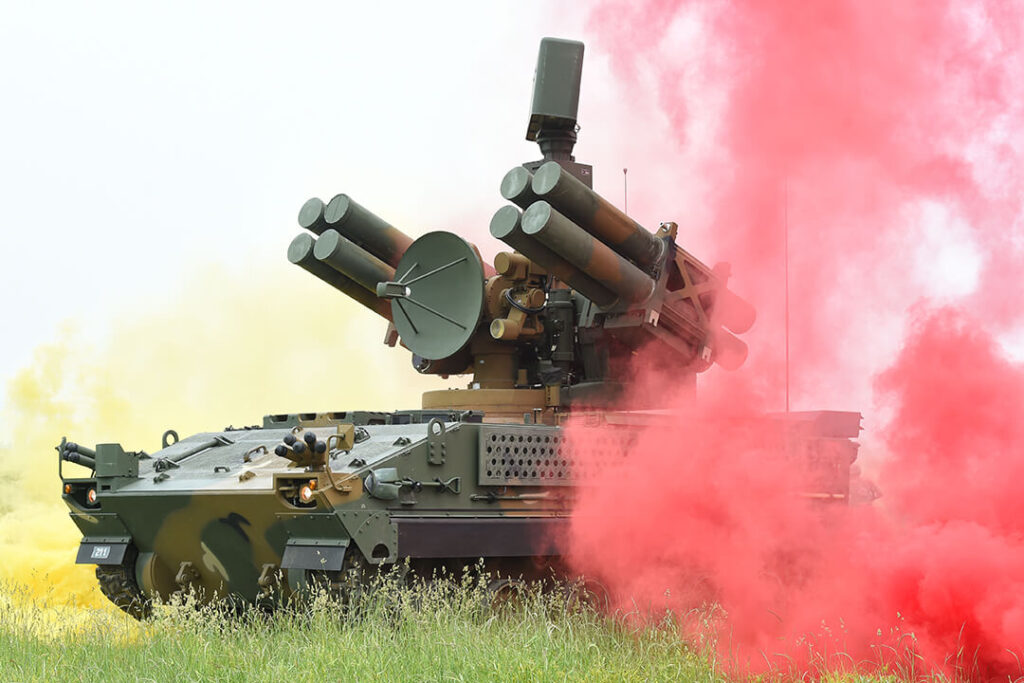The Indian Army has released an RFI to procure more than 90 Carrier Air Defence Tracked (CADET) systems. This move is part of a broader plan to modernize the Army’s air defense and prepare for new threats.
Flexible Platforms for Comprehensive Defense
CADET systems are supposed to be flexible. They can support a variety of air defense setups, including missile-based systems, anti-aircraft guns, or a combination of both. This flexibility allows the Army to tailor these platforms to meet different threat levels.
In today’s battlefield, threats can come from many directions and altitudes. With CADET platforms, the Army can quickly adapt its defense strategies to counter these diverse threats.
Open-Ended RFI to Encourage Industry
The Army has issued the RFI without strict restrictions, inviting the Indian defense industry to propose a wide range of solutions. This approach aligns with the ‘Make in India’ initiative, encouraging local manufacturing and reducing reliance on imports.
By keeping the RFI open-ended, the Army is exploring all possible options. This strategy is crucial for discovering innovative technologies that can be developed domestically.
Performance in Challenging Terrains
One of the key requirements for the CADET platforms is maintaining power and efficiency, especially in mountainous areas where engines often lose power. This capability is essential for operations in India’s high-altitude regions, where robust air defense is critical.
Given the strategic importance of these regions, the ability to operate effectively in challenging terrains is a top priority for the Army.
Integration with Ongoing Defense Projects
CADET platforms are part of a larger strategy to enhance air defense. The Army is also working on other projects, like air defense guns and vehicle-based VSHORAD systems. The CADET platforms are expected to serve as the base chassis for these systems, creating a unified and efficient defense network.
By standardizing the platforms, the Army can simplify logistics, training, and maintenance. This standardization will improve overall efficiency and readiness.
Future Expansion Plans
The initial RFI calls for 90+ platforms, but this number is just the beginning. The Army plans to acquire more platforms as it continues to upgrade its air defense capabilities. This phased approach allows the Army to stay flexible and adapt to new technologies.
As the defense environment evolves, the Army will expand the CADET program to include more platforms and capabilities.
CADET in Nutshell
The CADET system is poised to be an integral part of India’s Self-Propelled Air Defence (SPAD) units, serving as a versatile and advanced platform designed to enhance the country’s air defense capabilities. One of its primary roles will be to support the Akashteer Equipment, a critical component of SPAD units tasked with defending against aerial threats. The integration of the Akashteer Equipment into CADET underscores the platform’s adaptability and its pivotal role in modernizing India’s air defense infrastructure.
Looking towards the future, CADET is expected to expand its utility as a carrier platform for a range of Counter-Unmanned Aerial System (C-UAS) weapon systems. These include the Integrated Drone Detection & Interdiction System (IDD&IS), the Drone Kill System (DKS), and the Vehicle Mounted Counter Swarm Drone System (VMCSDS). The deployment of these systems on the CADET platform will significantly bolster the SPAD units’ capabilities to detect, track, and neutralize drone threats, which are increasingly becoming a major concern in modern warfare.
Once these C-UAS weapon systems reach maturity, the Indian defense forces plan to carry out separate procurement processes to fully integrate these technologies into their operations. The CADET platform, which will have undergone rigorous trial evaluations by this stage, will serve as the standard tracked vehicle for all these systems. This approach ensures that CADET not only meets current defense needs but is also future-proofed to accommodate emerging technologies in the realm of air defense, making it a cornerstone of India’s strategic defense initiatives.
